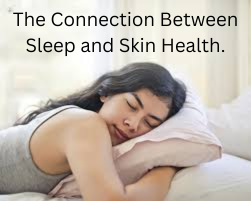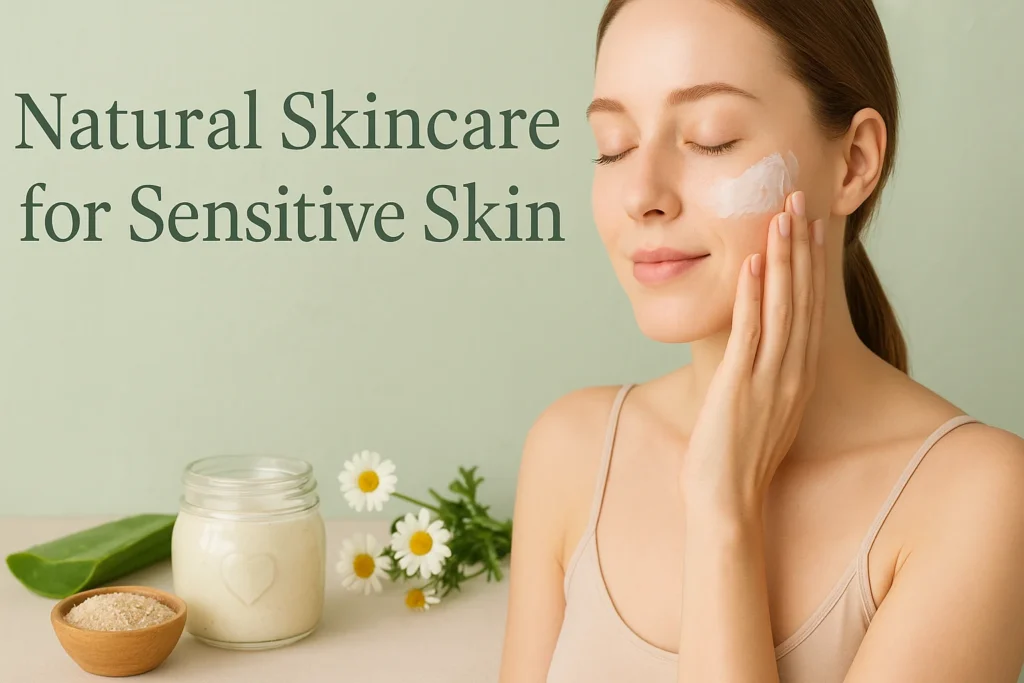Learn practical hair care tips for hormonal hair loss in women. Discover effective routines, treatments, and prevention strategies for healthier hair.
Introduction
Hormonal fluctuations play a major role in women’s health, and one of their most visible effects is hormonal hair loss. Whether triggered by pregnancy, menopause, thyroid imbalances, or conditions like polycystic ovary syndrome (PCOS), changes in hormone levels can lead to hair thinning, shedding, or a receding hairline. For many women, this is not only a cosmetic issue but also one that deeply impacts self-esteem and confidence.
Fortunately, with the right hair care practices and supportive lifestyle adjustments, it is possible to slow hair loss, improve scalp health, and encourage regrowth. This article explores the best evidence-based strategies to manage hormonal hair loss effectively.
Signs of Hormonal Hair Loss in Women

-
Gradual thinning along the part line
-
Widening of the scalp visible when hair is parted
-
Excessive shedding during brushing or washing
-
Receding hairline around the temples
-
Thinner ponytail compared to previous years
Recognizing these early signs allows women to take proactive steps before hair loss becomes more advanced.
Causes of Hormonal Hair Loss
Hormonal hair loss, also known as androgenetic alopecia, occurs when hormonal changes affect the natural growth cycle of hair. Key causes include:
-
Pregnancy and postpartum changes: Fluctuating estrogen levels can trigger shedding.
-
Menopause: Lower estrogen and progesterone levels lead to thinning hair.
-
PCOS: Increased androgen levels can cause scalp hair loss and unwanted facial hair.
-
Thyroid disorders: Hypothyroidism and hyperthyroidism both disrupt hair growth.
-
Stress: Elevated cortisol affects hormonal balance, worsening shedding.
Understanding the underlying cause is crucial for tailoring effective treatment and care routines.
Hair Care Tips for Managing Hormonal Hair Loss
1. Gentle Cleansing and Scalp Care
-
Use mild, sulfate-free shampoos that cleanse without stripping natural oils.
-
Massage the scalp gently to stimulate blood circulation and hair follicles.
-
Avoid overwashing, which can dry out the scalp and weaken hair strands.
2. Strengthening Hair with Nourishing Conditioners
-
Choose conditioners rich in keratin, biotin, and natural oils like argan or coconut oil.
-
Apply from mid-length to ends to avoid weighing down the roots.
-
Deep-condition weekly to restore hydration and reduce breakage.
3. Balanced Nutrition for Hair Growth
-
Include iron-rich foods (spinach, lentils, lean red meat) to prevent anemia-related hair loss.
-
Eat protein-rich meals to support keratin production.
-
Add omega-3 fatty acids (salmon, flaxseeds, walnuts) for scalp health.
-
Ensure adequate vitamin D and B-complex intake, vital for healthy hair follicles.
4. Minimize Heat and Chemical Damage
-
Limit blow-drying, straightening, or curling with heat tools.
-
Avoid harsh chemical treatments like bleaching or frequent coloring.
-
Opt for protective hairstyles that do not pull tightly on the scalp.
5. Scalp Treatments and Natural Remedies
-
Try rosemary oil or peppermint oil diluted with a carrier oil to improve circulation.
-
Aloe vera gel can soothe scalp irritation and promote growth.
-
Green tea rinses, rich in antioxidants, may help reduce shedding.
6. Stress Management for Hormonal Balance
-
Practice yoga, meditation, or mindfulness to reduce cortisol levels.
-
Regular exercise helps regulate hormones and boosts blood flow to the scalp.
-
Adequate sleep supports overall hormonal health and hair regeneration.
Prevention and Long-Term Care
-
Schedule regular checkups to monitor hormonal health, especially thyroid and reproductive hormones.
-
Protect hair from sun exposure with hats or UV-protective sprays.
-
Rotate between protective hairstyles to reduce scalp tension.
-
Consult a dermatologist or trichologist for advanced treatments such as minoxidil, platelet-rich plasma (PRP), or laser therapy if needed.
Consistent care and early intervention can slow the progression of hormonal hair loss and encourage healthier regrowth.
FAQ
1. Can hormonal hair loss be reversed?
Yes, with proper care and treatment, hair regrowth is possible, though it varies based on the underlying cause and severity.
2. Does diet really affect hair growth?
Absolutely. Nutrient deficiencies, especially in iron, protein, and vitamins, are strongly linked to hair thinning.
3. How long does it take to see improvement with hair care routines?
Most women notice reduced shedding and improved thickness within 3–6 months of consistent care.
4. Is hormonal hair loss permanent after menopause?
It can be long-term, but with proper care, treatments, and scalp stimulation, many women see improvements.
5. Should I see a doctor for hair loss?
Yes, especially if shedding is sudden, severe, or accompanied by other symptoms like fatigue, irregular periods, or weight changes.
Conclusion
Hormonal hair loss is a common but manageable condition affecting millions of women. By combining gentle hair care routines, proper nutrition, stress management, and medical guidance, women can regain confidence and promote healthier, fuller hair. Prioritizing both scalp health and hormonal balance is the key to long-term improvement.


